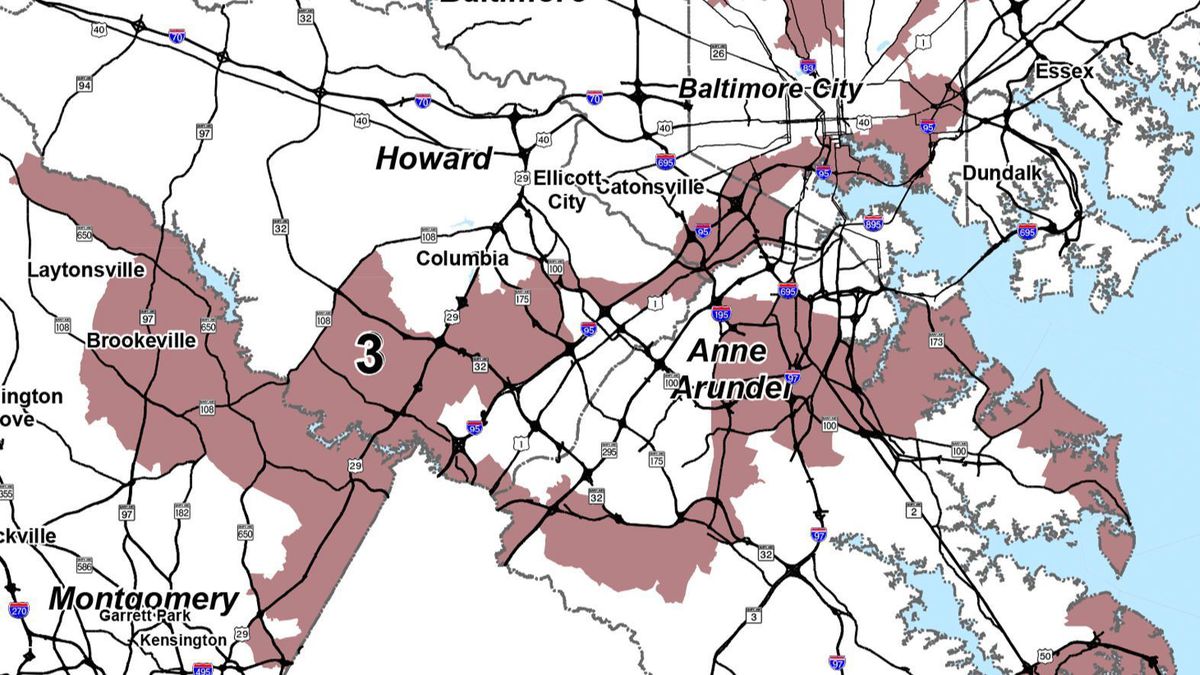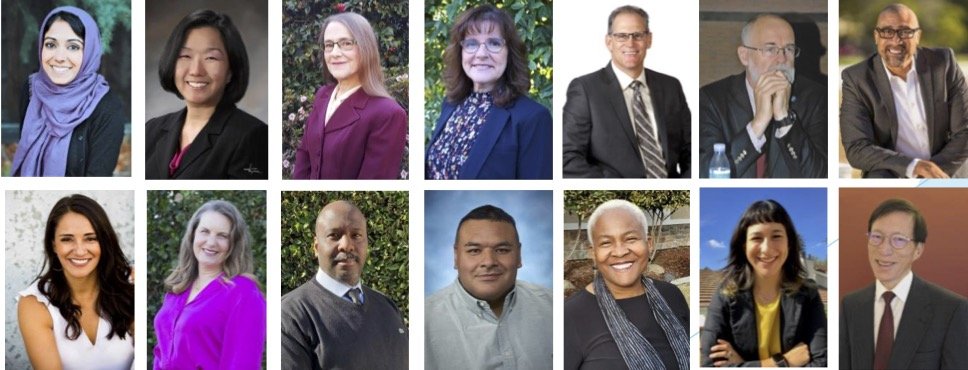July 29, 2021
Why should you participate in redistricting, the process of setting new congressional and state legislative boundaries?
Because it is easy, it matters, and you only have this opportunity every ten years.
During the month of August and in early September the California Citizens Redistricting Commission wants to know how you define your community so it can be included in the same congressional or legislative districts. These Communities of Interest, as the Commission calls them, can be as varied as your local neighborhood, ethnic and community groups, people with common issues like living near a source of pollution, proximity to public lands, or a language community.
There are two main ways you can participate:
- Attend and comment at a virtual public meeting of the Commission: August 11, LA County; September 1, Orange County; September 8, All of Southern California. Details here.
- Electronically submit comments and maps.
Link to Commision website, Link to meetings, How to comment, Link to digital toolkit.
Do not miss this once in a decade opportuntiy!
CITIZENS COMMISSION DESIGNING NEW CALIFORNIA LEGISLATIVE AND CONGRESSIONAL DISTRICTS FOR 2022
Something critically important happens every ten years. The old boundaries of every political district from House of Representatives to your local city council are tossed out and new ones drawn. L.A. Times Reporter John Myers says that redistricting – creating new districts based on the 2020 federal census - may be the most consequential California political news of 2021, overshadowing the gubernatorial recall. In California, citizens have a unique opportunity to provide input to this process since we have a non-partisan redistricting commission. We can only ignore congressional redistricting at our peril since it will help determine which party controls the House of Representatives for the next decade.
California’s population has not grown as fast as many other states, so it will be losing one representative, going down from 53 House seats to 52 next year. Since all districts must contain the exact same number of people, roughly 760,000, some California congressional districts might change substantially to account for the loss of the seat and population shifts within the state.
When state legislators are in charge of redistricting they generally create districts that benefit an incumbent or one party. This process is called gerrymandering. The state legislative redistricting game is usually played by concentrating the opposition party’s voters into a few districts while creating a much larger number of seats where the party in power has just enough votes to be likely to win. Maryland’s 3rd, represented by Democrat John Sarbanes, right out of a Rorschach test, is in the running for most gerrymandered district in the United States.

Maryland’s 3rd Congressional district, represented by Democrat John Sarbanes, is one of the most gerrymandered districts in the United States. Gerrymandering is manipulating legislative boundaries to benefit one party or individual.
California was among the first states to decide there must be a better way to conduct redistricting. Over a decade ago ballot initiatives created the California Citizens Redistricting Commission, an independent and non-partisan entity which is not beholden to the legislature and which is forbidden to take the impact on parties or politicians into account. It first drew new congressional and state legislative districts in 2011 to generally good reviews.
The Redistricting Commission must reach out to the public to solicit suggestions on how to draw the lines for districts throughout the state. Since the boundaries of some congressional districts could change substantially, public input is all the more important. See the Commission’s website for the latest on how to participate. The first round of virtual public meetings continues through early September. Forest Committee activist Juana Torres, who worked on redistricting in 2011, recounts, “I was first intimidated by the process, but I came to realize that with strong arguments that spoke to the Commission’s criteria, we could win.”
The Citizens Commission consists of 14 members, five Democrats, five Republicans and four independents. The class of 2021 is highly diverse, resembling the actual demographics of California.

Above are all fourteen of the members of the non-partisan California Citizens Redistricting Commission. It is a diverse group. You can read more about them here. Credit: Credit California Citizens Redistricting Commission
The Commission is forbidden from using political criteria to decide on state legislative and congressional boundaries. The Commission must use these criteria for redistricting in this order:
- All districts must have an equal population, which will be roughly 760,000 for each congressional district.
- Minorities, as provided by the 1965 Voting Rights Act, must have an equal chance to elect the public officials they favor.
- Division of counties, municipalities, neighborhoods and Communities of Interest needs to be minimized as much as possible.
- Unlike the Maryland congressional district mentioned earlier, California congressional districts need to be compact and contiguous with all parts of the district being connected to each other.
The concept of Communities of Interest is important to the Commission’s work. A COI is defined as “a contiguous population which shares common social and economic interests that should be included within a single district for purposes of its effective and fair representation.” These generally do not line up with officially defined boundaries like city limits. Here are a few possible examples: Koreatown, East LA, coastal cities on the Westside, San Gabriel Valley foothill communities, Little Saigon, an area impacted by environmental pollutants, the area served by the Compton Community Garden, Griffith Park, the El Monte transit hub, community and faith associations. Often COIs overlap, so the Commission must make the call which are the most important.
Political pros will be watching how congressional and legislative districts are redrawn where 2020 elections were close. The quintessential example in the Angeles Chapter is the 25th congressional district centered in Santa Clarita and Palmdale where a pro-environmental candidate lost by 300 votes in 2020. Diane Trautman, Political Chair of the Santa Clarita Group, says, “Our group plans to ask the Commission to create a new version of CD 25 that keeps the district within Los Angeles County where our communities share common interests in the enjoyment and protection of our low and high desert areas and the mountains and forests that surround us.”
Redistricting could also have a major impact in the composition of the State Assembly and Senate. The 80 Assembly districts will be nested in the 40 State Senate districts wherever possible.
Sharon Koch is the former chair of the Angeles Chapter, co-chair of the Sierra Club California Political Committee, and a member of the national Chapter Chair Representative (CCR) team.
John Monsen served for seven years on the Sierra Club National Field Staff in Los Angeles and he chaired the statewide Sierra Club California Conservation Committee. He is Co-Chair and a founder of the Chapter’s Forest Committee, which has been the recipient of the Chapter’s Extraordinary Achievement Award. He led a successful redistricting campaign in 2011 that won over the Redistricting Commission.
